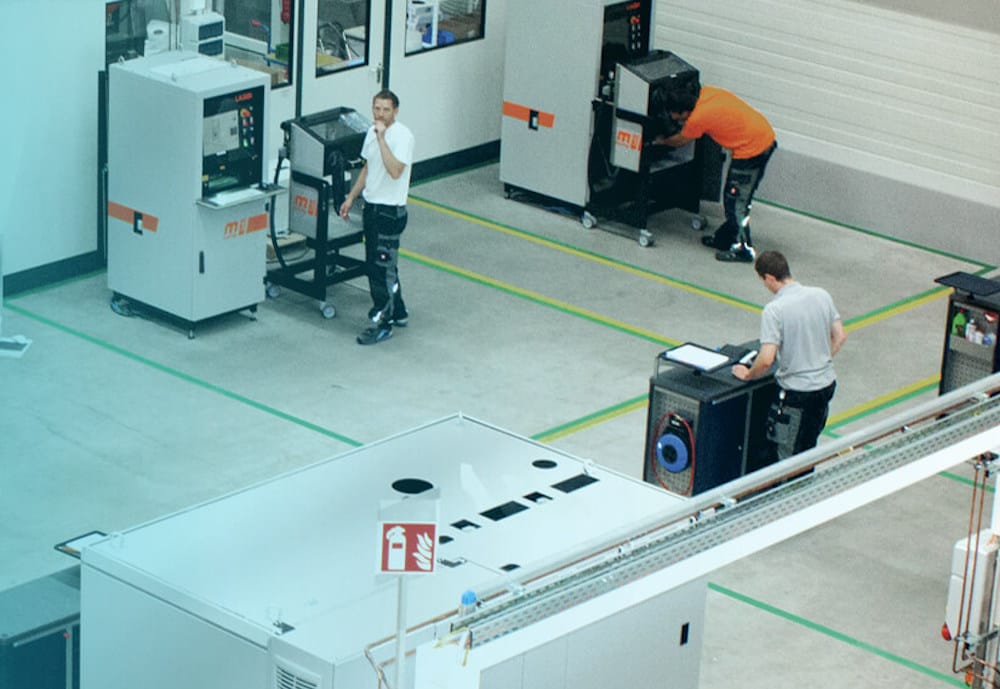
GE hinted at a new, large 3D print technology they’ve been developing called “ATLAS”.
They suggest it will be the “world’s largest laser-powder additive manufacturing machine”, and it seems this could be true.
The technology is to be shown to the public many months from now at this Fall’ FormNext exhibition. What will likely be shown is a demonstrator, as some other companies have done prior to the release of the actual product. It’s a prototype, in other words.
Several “ATLAS” prototypes have been built and that’s apparently what will be shown off. Meanwhile, the actual production version is set to be brought to the market sometime in 2018.
ATLAS is “tailored for the aerospace industry”, meaning it will be able to 3D print in strong lightweight materials, such as titanium.
But more importantly, it will be able to produce certifiable metal parts for use in the aerospace industry. The certifications mean consistent-quality, repeatable parts can be reliably produced over the lifetime of aircraft using them.
It’s likely the certification ability aspects may be inherited from GE’s recent acquisition, Concept Laser, who just happen to produce one of the largest powder-bed laser style 3D printers today. The features that enable aerospace certification of parts 3D printed on Concept Laser equipment will no doubt find their way into ATLAS.
Another feature that addresses aerospace needs is the build size, which is said to be in the 1 x 1 x 1m range, definitely larger than any current powder-bed laser style 3D printers.
This will certainly not be the largest volume 3D metal printer, as there are other companies who are able to print far larger volumes by using robotic metal deposition techniques.
However, the key here is that for aerospace, the parts produced by the system must be certifiable, which as far as I know, has not yet been achieved by other 3D print processes.
While GE says the ultimate production system will be configurable to clients’ needs, I suspect the price of the ATLAS-family of machines will be substantial. For a 1 x 1 x 1m build volume, it may not be unreasonable to expect a price of USD$3-5M. They won’t have to sell many to pull in quite a bit of revenue.
But they may sell many of them, if the aerospace industry catches on. Imagine if one airframe manufacturer was able to leverage this technology into a lighter, more efficient aircraft design, and that product sold well. Their competitors would then be forced to match the capabilities, resulting in more ATLAS machines being sold.
As the other 3D metal printer manufacturers also seek to do major business in the aerospace industry, it is possible they may quickly attempt to catch up by producing larger volume equipment in the next year.
Via BusinessWire

